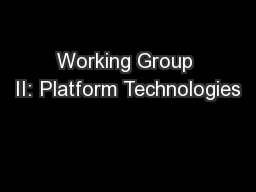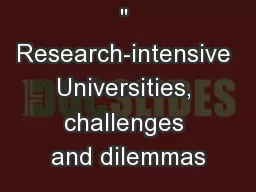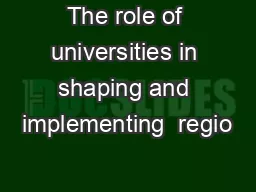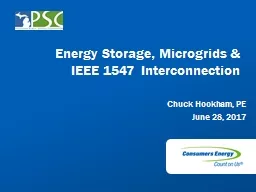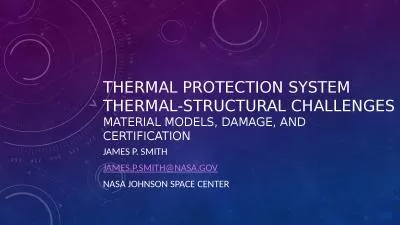PPT-Thermal Microgrids : A New Opportunity for Municipalities, Universities, and Corporate
Author : giovanna-bartolotta | Published Date : 2019-06-23
May 17 2018 Funding provided by Webinar FAQ The webinar recording and slides will be emailed to registered attendees within one week of the event Please submit
Presentation Embed Code
Download Presentation
Download Presentation The PPT/PDF document "Thermal Microgrids : A New Opportunity f..." is the property of its rightful owner. Permission is granted to download and print the materials on this website for personal, non-commercial use only, and to display it on your personal computer provided you do not modify the materials and that you retain all copyright notices contained in the materials. By downloading content from our website, you accept the terms of this agreement.
Thermal Microgrids : A New Opportunity for Municipalities, Universities, and Corporate: Transcript
Download Rules Of Document
"Thermal Microgrids : A New Opportunity for Municipalities, Universities, and Corporate"The content belongs to its owner. You may download and print it for personal use, without modification, and keep all copyright notices. By downloading, you agree to these terms.
Related Documents


